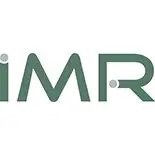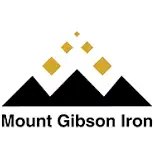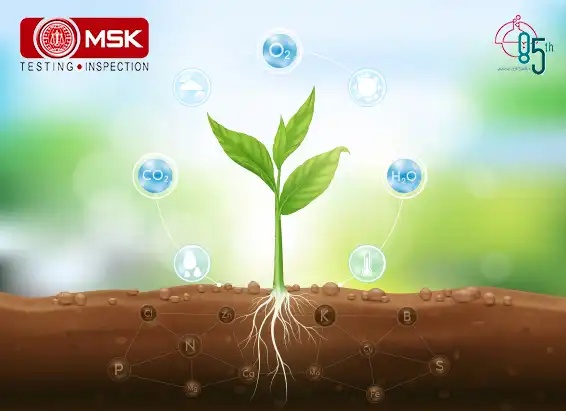
A brief discussion on Lead acid battery recycling and associated challenges
Lead acid batteries (LAB) are easy to design, low cost in manufacturing, safe and reliable. Most of the lead produced world wide are consumed by the LAB industry. Unfortunately, lead is a hazardous material and essentially needs to be recycled to minimize the impact on the environment. Almost 90% of the LABs produced globally are recycled today.
A spent lead battery has four components that can be recycled. Approximately 22-30 wt% are plastics and organics which can be converted to body shells for new batteries. 11-30 wt% are electrolytes, 24-30 wt% are lead alloys and 30-40 wt% are lead paste. The lead alloy is typically recycled to produce ingots and the electrolytes are recycled to produce mainly Na2SO4. It is the lead paste which is a mixture of PbSO4, PbO2, PbO and Pb provides the biggest challenge for the recyclers due to its complexity of the composition.
Typical recovery of lead paste involves pyrometallurgical process requiring a temperature in excess of 1000°C along with release of SO2 and fine lead particles. The process is economically challenging and

Typical composition of LAB and Lead paste
impacts the environment in a catastrophic manner forcing the recyclers to look for greener alternatives.
To avoid the production of SO2 the pyrometallurgical process is modified nowadays by incorporating a predesulfurization step that can considerably lower the amount of SO2 produced and the smelting temperature also comes down by a few notches.

laboratory we tried to optimize the predesulphurization step at a small scale followed by subsequent lead extraction. A pre-weighed amount of lead paste was stirred for 6 hours in aq. NaOH solution and the residue which is mostly PbO was filtered. The residue was then dried and mixed with Na2CO3, Boric acid, Silica and starch in various ratios and kept inside a pit type furnace at 600°C for 60 minutes. The molten material so obtained was poured into iron vessels, cooled and hammered to separate the slag and metal. Recovery was around 20-40%. To further optimize the recovery, we varied the concentrations of aq. NaOH in the range of 10-40% and stirring time was also varied from 6-12 hours. The maximum recovery so obtained was around 60%. The method needs further optimization although increasing the NaOH concentration further is not an option as concentrated caustic soda solution is another hazardous material and difficult to dispose of.

Reaction scheme for predesulphurization process
To further lower the process temperature a hydrometallurgical pathway can be another viable option. The process involves conversion of the entire lead paste into PbSO4 by stirring with H2SO4. The PbSO4 can then be treated with suitable leaching agents such as ammonium acetate or desulphurized with NaOH or a mixture of Na2CO3, NaHCO3 and NH4HCO3. The resulting solutions can be treated in various ways to produce PbO which can easily be reduced to Pb.

Reaction scheme for hydrometallurgical processes

Various reactions involved in the hydrometallurgical processes
In conclusion, the recycling of the LABs is essential and unavoidable. The lead paste coming from the LABs is the most challenging commodity for the recyclers due to the hazardous nature of it. Modification of the commonly used pyrometallurgical processes is a must to minimize the energy consumption, economic viability and emission reduction. Predesulfurization with NaOH and subsequent Lead extraction is one of the alternatives although it involves use of concentrated caustic soda and lead recovery is somewhat on the lower side. Application of pressure on the NaOH treatment step can also be monitored to increase the efficiency of the process. A Hydrometallurgical pathway appears to be a better and greener alternative that can further lower the temperature and increase the output with careful control of chemistry of the leaching reagents.
Contributed by Dr. Arijit Goswami and Dr. Satirtha Sengupta under the guidance of Prof. Barun Gupta.


Chief Operation, FAMD, Tata Steel Limited..


Sr. General Manager,, Emirates Trading Agency L.L.C..


Mines Manager, Hindustan Zinc Limited, a Vedanta Company.


General Manager, Stevin Rock L.L.C..


Executive Vice President (Works),, DCW Limited.


AVP – Coal Quality & Sales Compliance Head,, PT Indo Tambangraya Megah Tbk (BANPU).

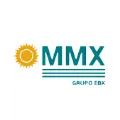
Laboratory Head, MMX.

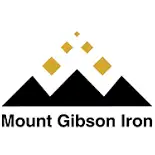
Shipping Administrator, Mount Gibson Iron Limited.


Senior Director – Asia Pacific Iron Ore Sales,, Cliffs Natural Resources Pty Ltd..

Posted on April 30 2024 By Mitra S.K ADMIN
Read More
Posted on April 29 2024 By Mitra S.K ADMIN
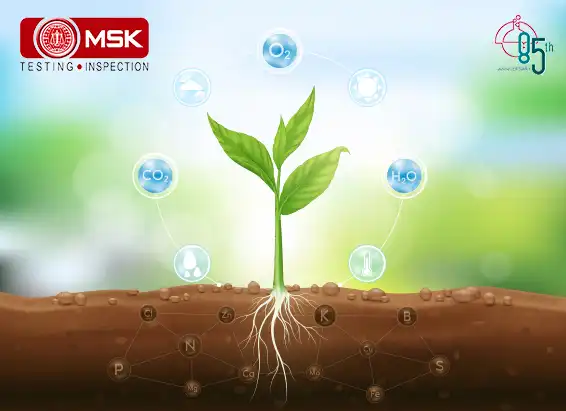
Posted on December 30 2023 By Mitra S.K ADMIN
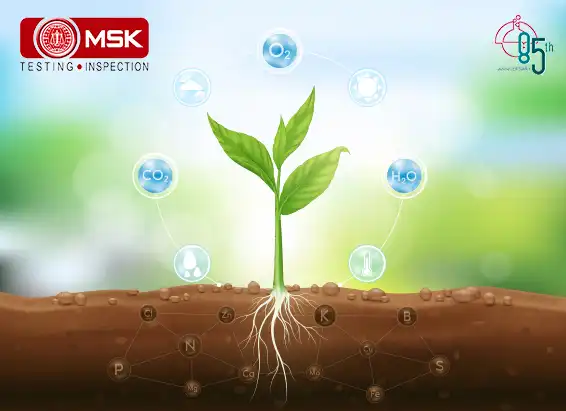
Posted on December 30 2023 By Mitra S.K ADMIN
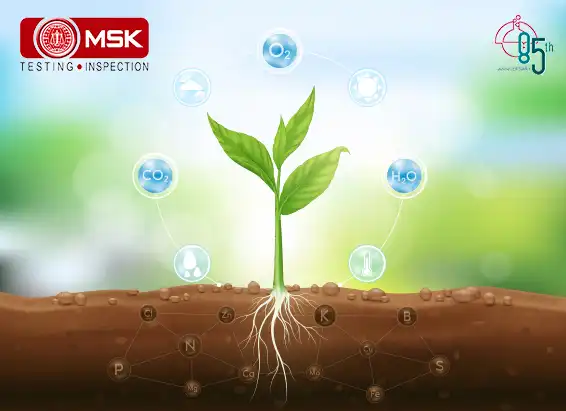
Posted on December 30 2023 By Mitra S.K ADMIN
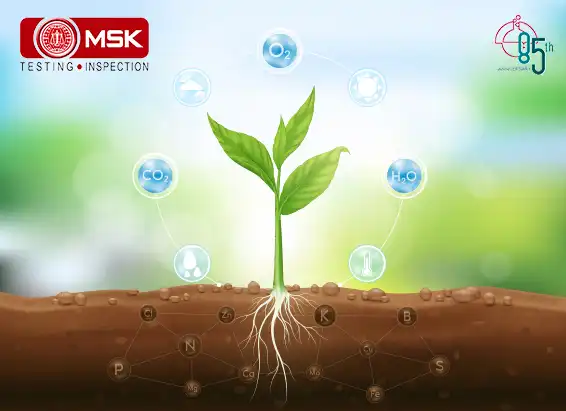
Posted on December 27 2023 By Mitra S.K ADMIN
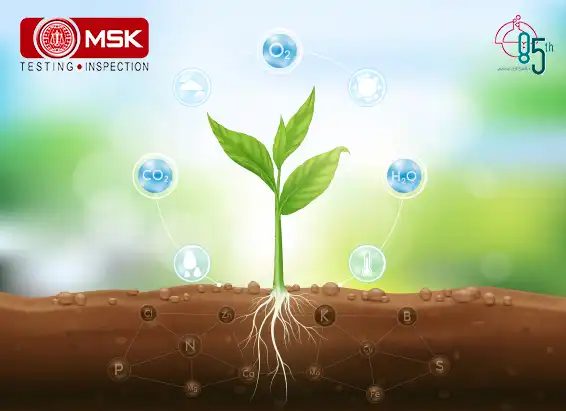
Posted on December 27 2023 By Mitra S.K ADMIN
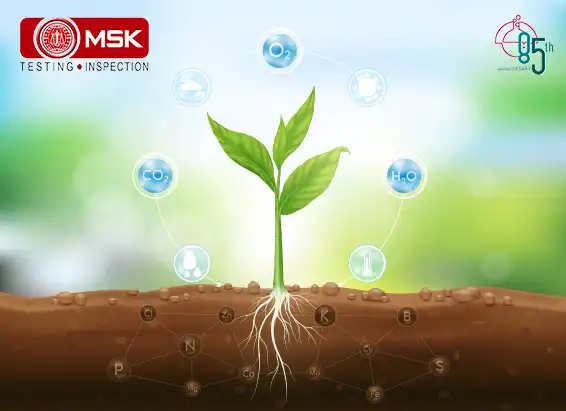
Posted on December 27 2023 By Mitra S.K ADMIN
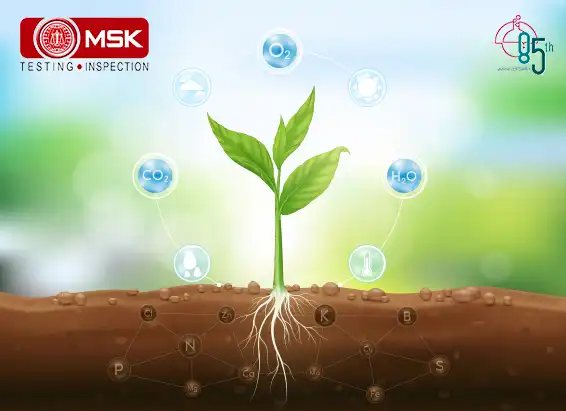
Posted on December 27 2023 By Mitra S.K ADMIN
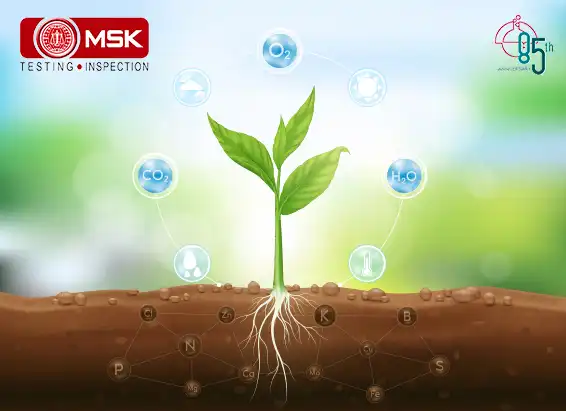
Posted on December 27 2023 By Mitra S.K ADMIN
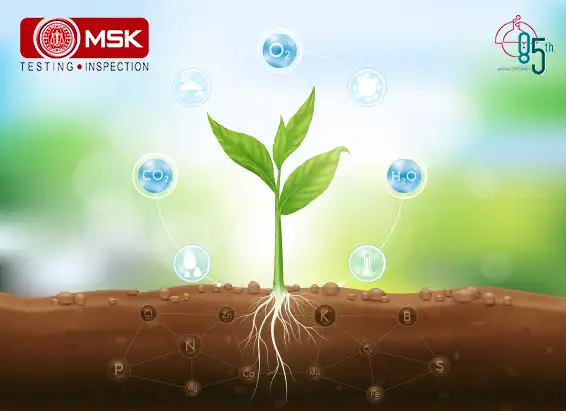
Posted on December 27 2023 By Mitra S.K ADMIN
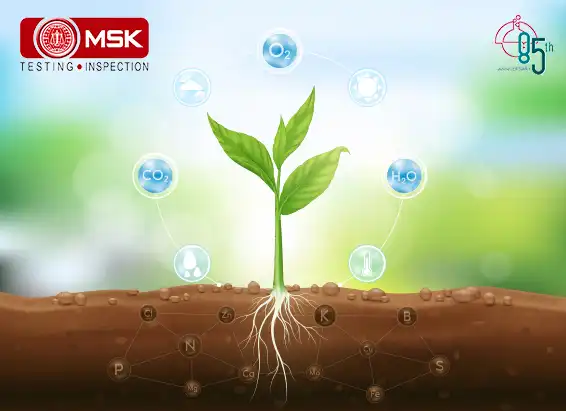
Posted on December 27 2023 By Mitra S.K ADMIN
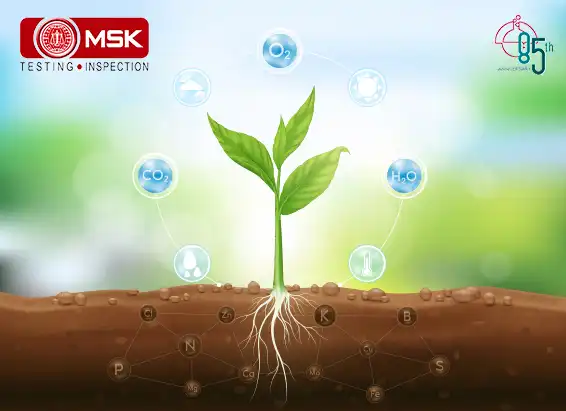
Posted on December 26 2023 By Mitra S.K ADMIN
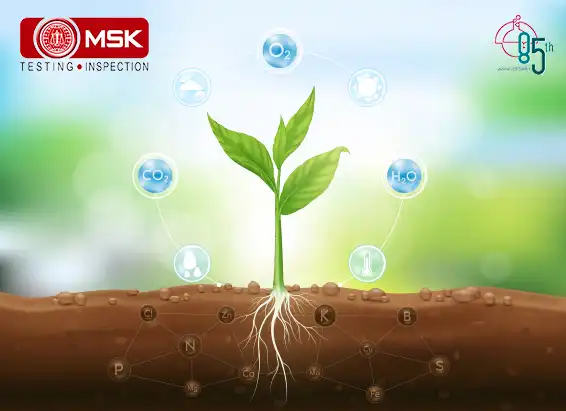
Posted on December 09 2022 By Mitra S.K ADMIN
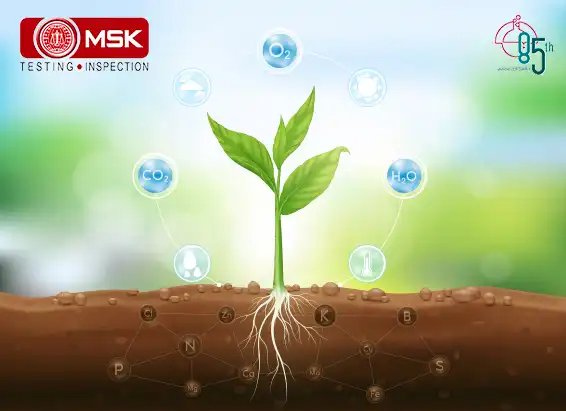
Posted on December 02 2022 By Mitra S.K ADMIN
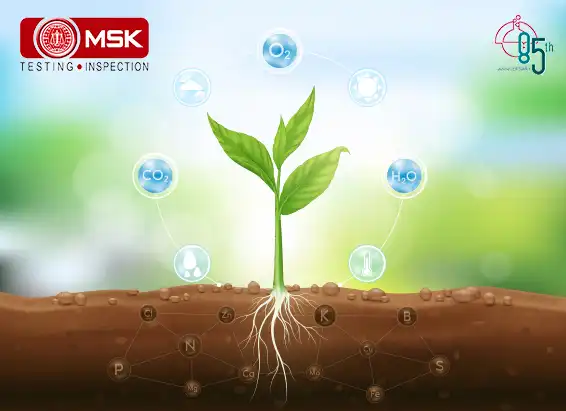
Posted on December 02 2022 By Mitra S.K ADMIN
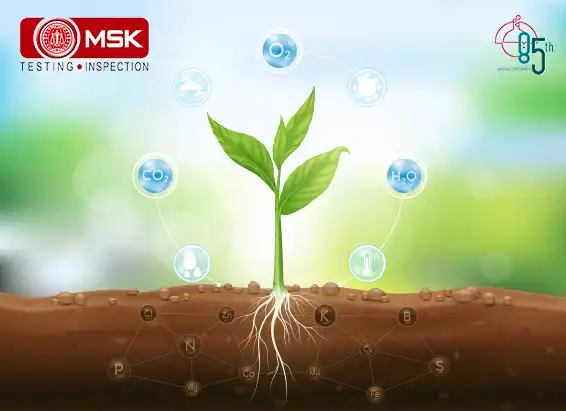
Posted on December 02 2022 By Mitra S.K ADMIN

Posted on December 02 2022 By Mitra S.K ADMIN

Posted on December 02 2022 By Mitra S.K ADMIN
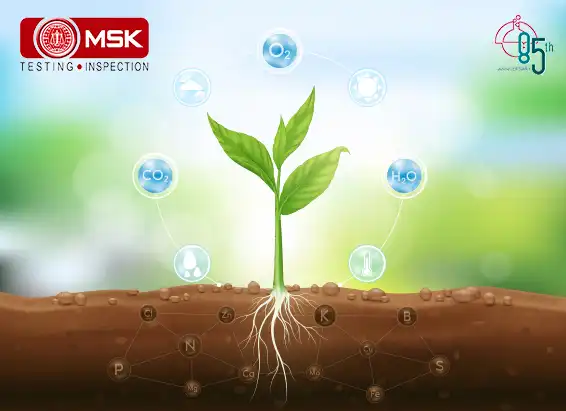
Posted on December 02 2022 By Mitra S.K ADMIN
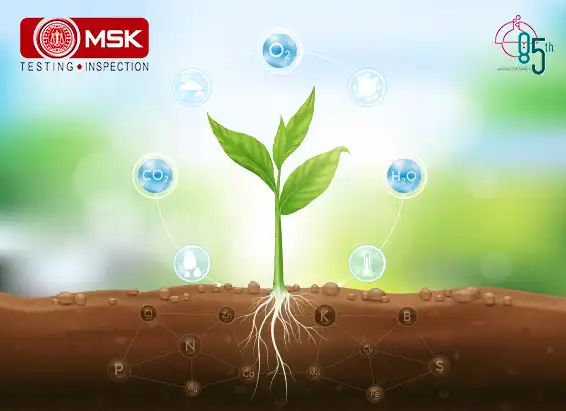
Posted on December 02 2022 By Mitra S.K ADMIN
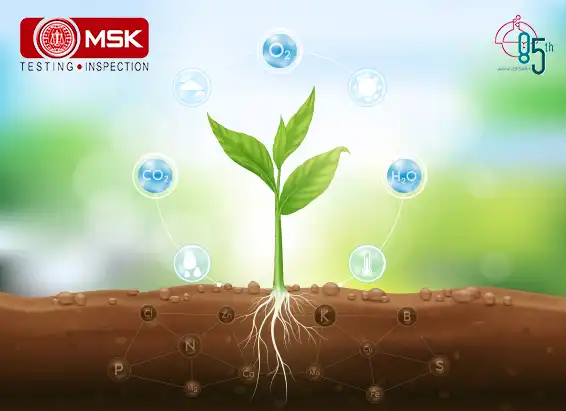
Posted on December 02 2022 By Mitra S.K ADMIN
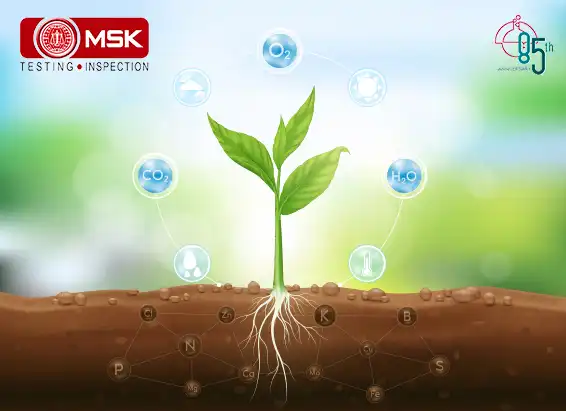
Posted on December 01 2022 By Mitra S.K ADMIN
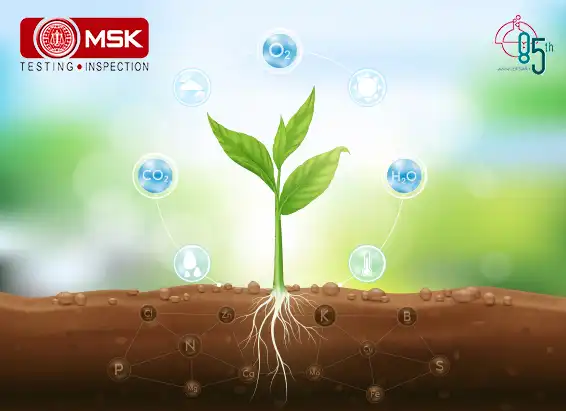
Posted on December 01 2022 By Mitra S.K ADMIN
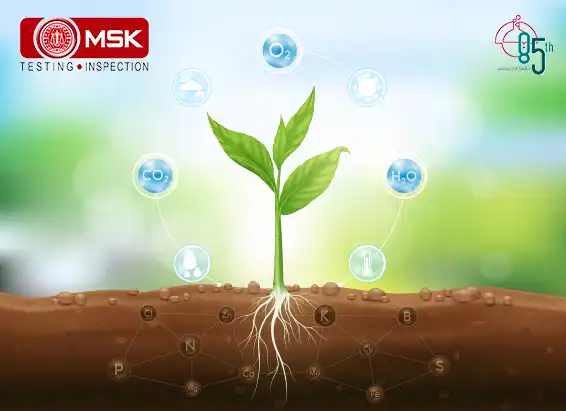
Posted on December 01 2022 By Mitra S.K ADMIN
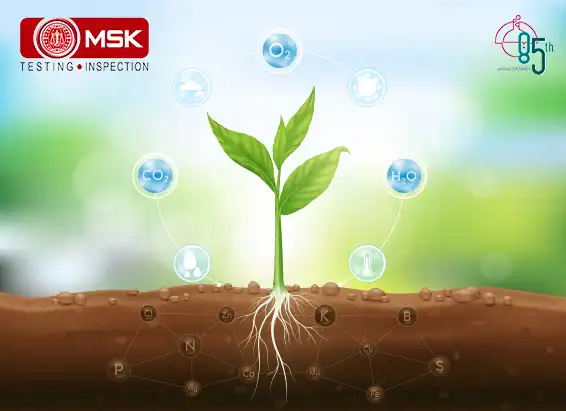
Posted on December 01 2022 By Mitra S.K ADMIN
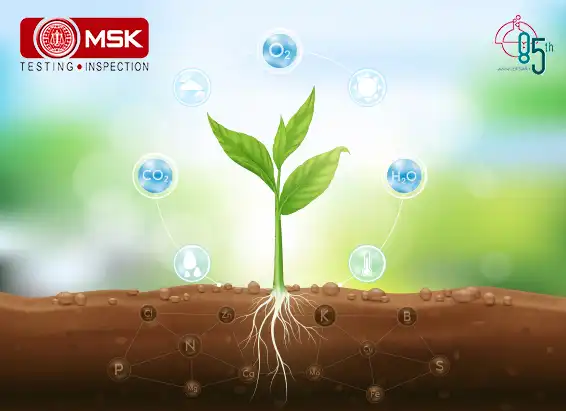
Posted on November 30 2022 By Mitra S.K ADMIN
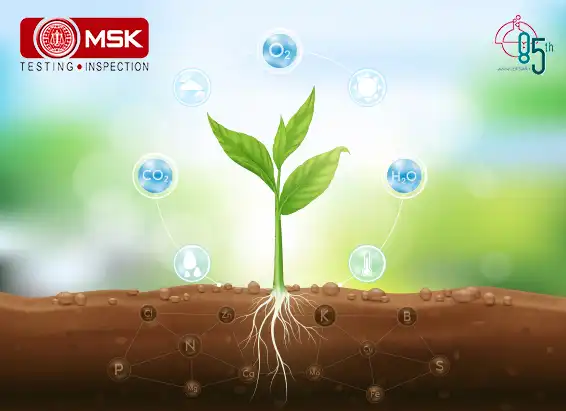
Posted on November 30 2022 By Mitra S.K ADMIN
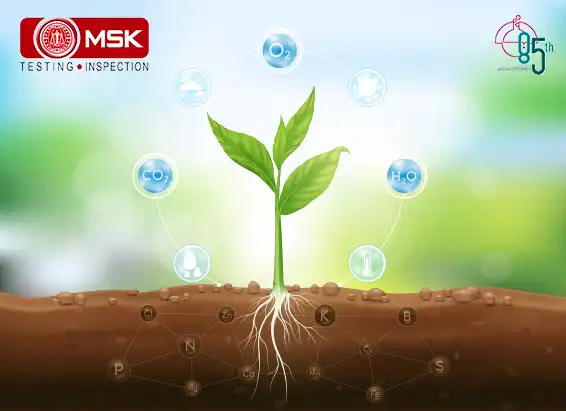
Posted on November 30 2022 By Mitra S.K ADMIN
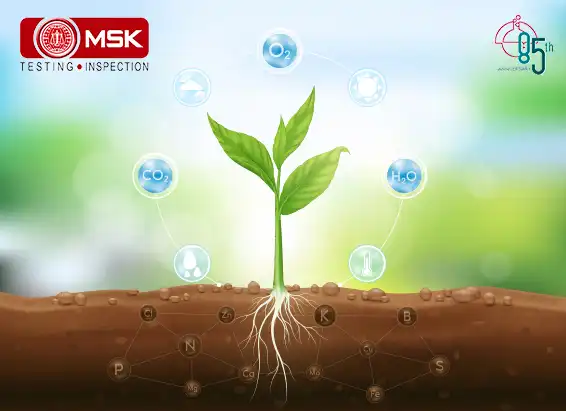
Posted on November 30 2022 By Mitra S.K ADMIN
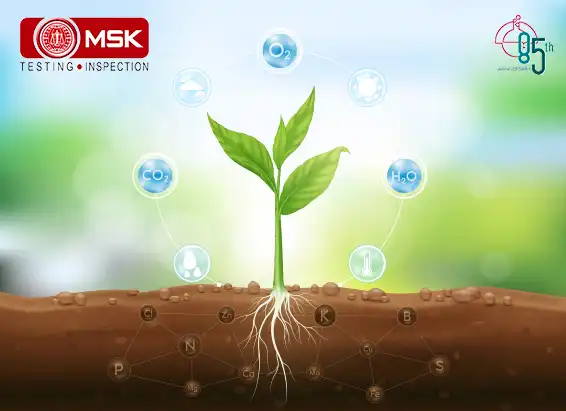
Posted on November 30 2022 By Mitra S.K ADMIN
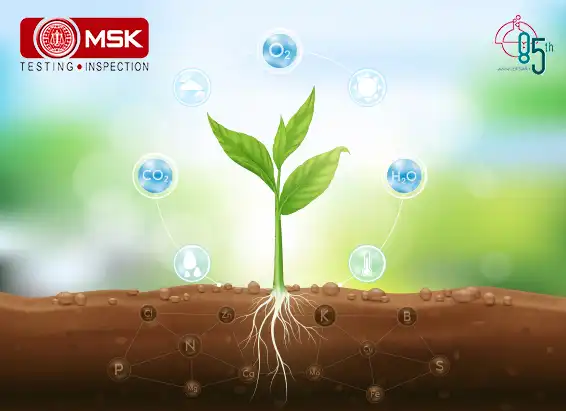
Posted on September 27 2022 By Mitra S.K ADMIN

